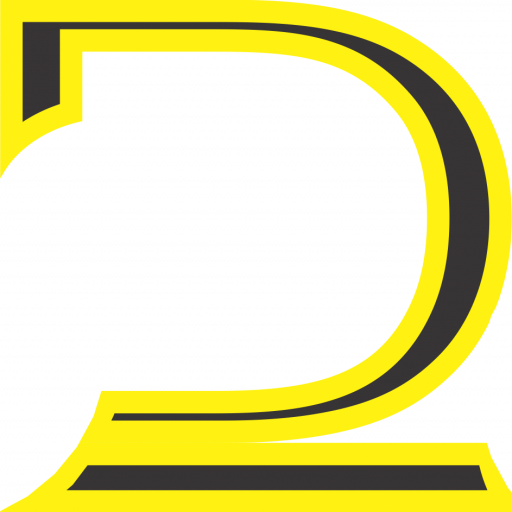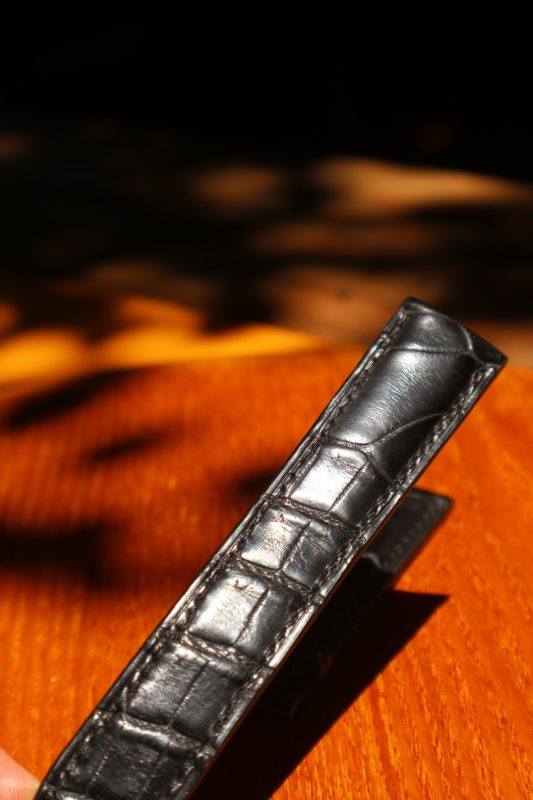Lịch Sử và Văn Hóa Đồ Da
The Intricacies of High-Quality Leather: Types, Characteristics, and Production Processes
Introduction
Leather, a material with an ancient lineage, continues to hold a place of distinction in the modern world. Its journey from animal hide to a luxurious, durable fabric is a tale of art, science, and technology. This article delves into the various aspects of leather, including its types, characteristics, production processes, and the latest technological advancements in leather manufacturing.
1. The Process of Leather Making
The transformation of animal hides into leather is a multi-stage process. High-quality leather begins with high-quality hides, typically obtained as byproducts of the meat industry. These hides, primarily from cattle, sheep, goats, and pigs, undergo several critical stages to become the versatile material we know【16†source】.
a. Curing and Soaking: Initially, hides are preserved through curing – using salt, drying, or chilling – to prevent decomposition. They are then soaked in water to remove dirt and rehydrate【16†source】.
b. Liming, Fleshing, Deliming, and Bating: Liming treats hides with an alkaline solution to remove hair and proteins, followed by fleshing to eliminate flesh and fat residues. Deliming neutralizes the alkaline effects, and bating with enzymes further cleans and softens the hides【16†source】.
c. Tanning: This crucial step stabilizes the hides using methods like vegetable, chrome, or aldehyde tanning, each imparting unique qualities to the leather【16†source】.
d. Setting, Drying, Conditioning, and Finishing: Post-tanning, hides are stretched, dried, conditioned with oils and waxes, and finished through various techniques to enhance their appearance and durability【16†source】.
2. Types of Leather and Their Characteristics
Different animals yield different types of leather, each with unique properties:
a. Cowhide: Renowned for its resistance to scratches, punctures, and tears, cowhide develops a unique patina over time, enhancing its aesthetic appeal【17†source】.
b. Sheepskin and Goatskin: These leathers are prized in the fashion industry for their delicate texture and softness, striking a balance between durability and flexibility【17†source】.
c. Pigskin: Known for its distinctive pore pattern, pigskin offers a unique blend of strength and flexibility【17†source】.
3. Leather Cuts
Leather hides are divided into various cuts, each suited for specific applications:
a. Whole, Side, and Shoulder Cuts: These include various parts of the hide, offering a range from softer to thicker and stiffer areas.
b. Bend and Butt Cuts: Located towards the hind side, these cuts offer some of the best leather from the hide, ideal for a range of products.
c. Belly Cuts: These softer and stretchier sections are not prime leather but have various uses【20†source】.
4. Technological Advancements in Leather Production
Modern leather production leverages technology to enhance efficiency and precision. Cutting-edge machinery, CAD software, and automated systems have revolutionized the industry. Companies like Elitron have developed innovative systems for various sectors, including footwear and leather goods, utilizing tools like electrical and pneumatic oscillating knives, milling tools, laser, and water-jet technologies【18†source】.
5. Eco-Friendly Alternatives: Faux and Vegan Leather
In response to environmental and ethical concerns, faux and vegan leathers have emerged as alternatives. Faux leather, made from materials like polyurethane, offers a cruelty-free option. Vegan leather, made from natural sources like mushrooms, apples, and cacti, mimics leather’s qualities sustainably. These alternatives are increasingly popular in fashion and upholstery【19†source】【23†source】.
6. The Future of Leather Production
The leather industry continues to evolve, with sustainability and ethical practices becoming increasingly important. Innovations in tanning agents, such as zeolite-based agents, are making the process more environmentally friendly. Additionally, the development of high bio-based fatliquors and eco-friendly dyeing processes is contributing to a more sustainable leather production landscape【24†source】.
Conclusion
Leather remains a timeless material, valued for its durability, versatility, and aesthetic appeal. Its production, from traditional methods to modern technological advancements, reflects a blend of art and science. As the industry evolves, sustainable practices and eco-friendly alternatives are shaping the future of leather, ensuring its continued relevance in a changing world.





